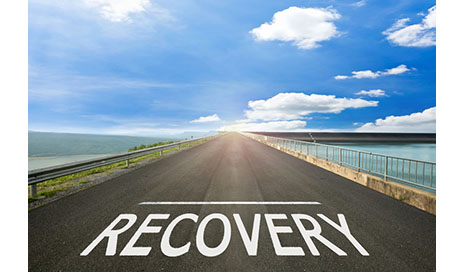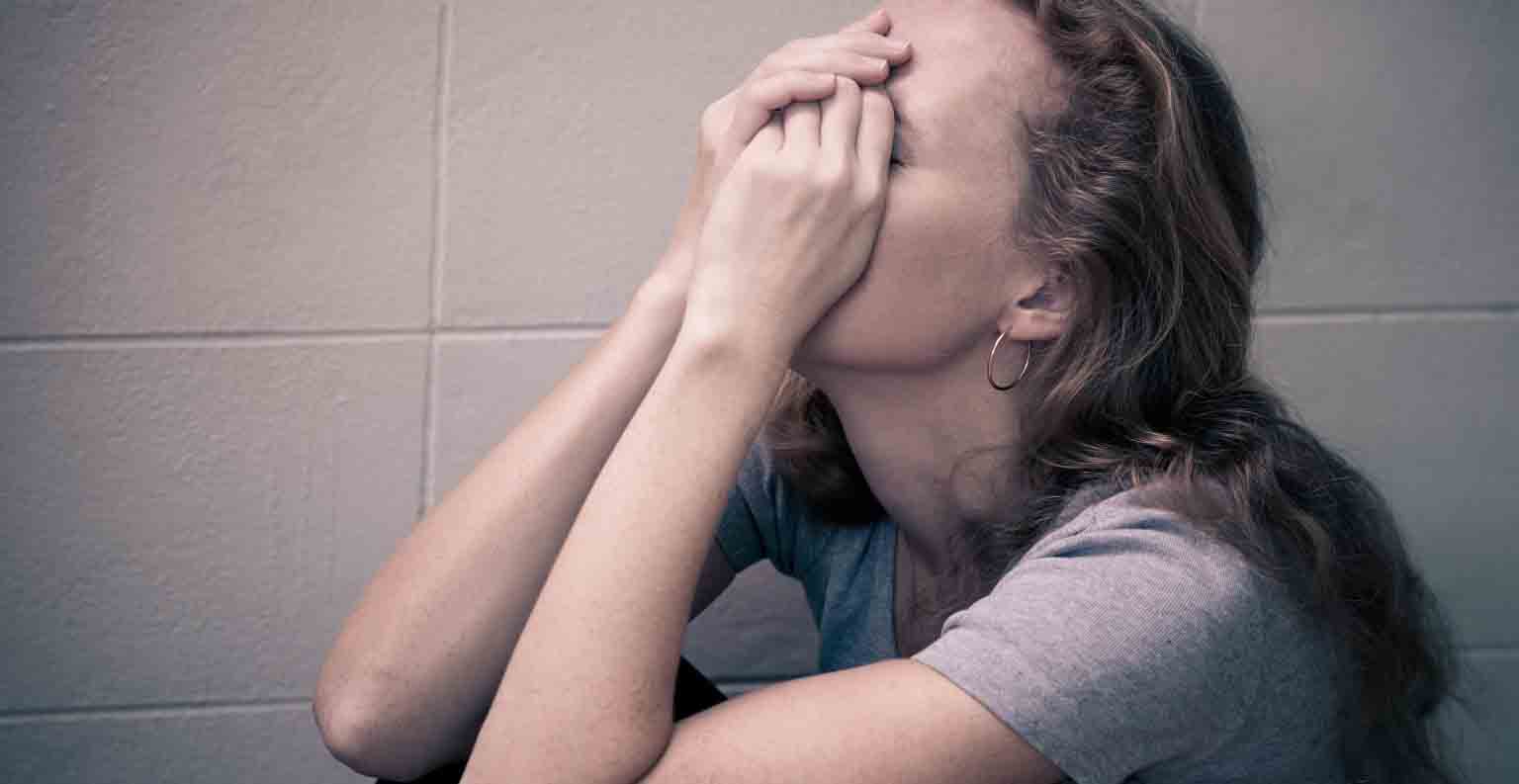You need addiction treatment for yourself or a relative. You want specialist help as quickly as possible, but NHS rehab ...
Denial, secrets and lies – in active addiction, it’s easy to fall into the trap of hiding what’s really going on. ...
The goal of residential addiction treatment is to help people break free from their addictions and achieve long-lasting ...
Anyone can let their use of alcohol get out of hand, but unfortunately, most people are still of the opinion that alcoho...
Addiction is a complex illness that can take many different forms. For example, you may be struggling to control your us...
The first part of overcoming a drug addiction is to quit taking drugs and wait for all traces of chemicals to leave your...
Coming to terms with the fact that your use of alcohol has reached problem levels is never going to be easy. As almost a...
There are many different types of addiction, although most of those unaffected by any type of addiction assume that addi...
Overcoming an addiction to a mood-altering substance such as alcohol or drugs is usually a three-stage process comprised...











